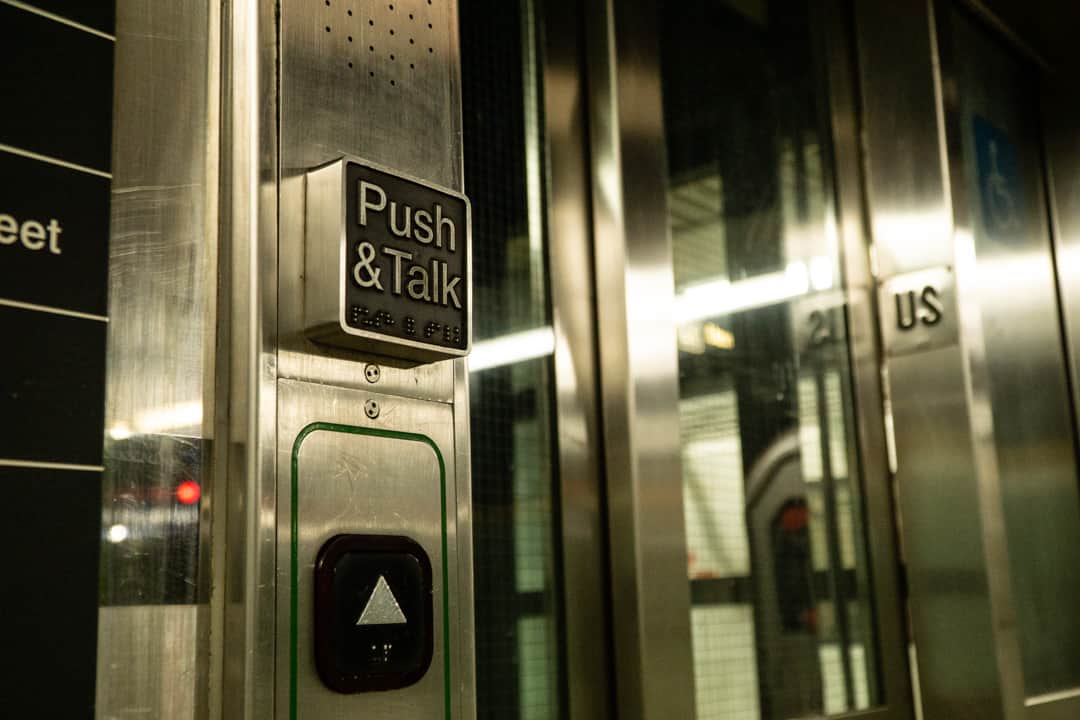For many of us, Toronto is a great place to live. Indeed, it’s been ranked highly by many indices, like the Economist Intelligence Unit, for its notable liveability feats. Nevertheless, our city poses accessibility challenges on a systems-wide level in various ways.
For able-bodied individuals, accessibility may seem like a concern for an individual building, such as when a college building lacks elevators. But a growing body of evidence argues that the accessibility of a city is as much a matter of urban design as it is the architecture of its individual buildings or neighbourhoods. Wide-ranging design decisions, such as those pertaining to transportation and food inaccessibility, shape the accessibility of an entire city.
Accessible transportation
Despite the Toronto government’s commitment to creating an accessible and inclusive city — through legislation such as the Accessibility for Ontarians with Disabilities Act, 2005 and the Ontario Human Rights Code — Toronto’s urban design remains centred around able-bodied individuals, according to Ron Buliung, a professor in U of T’s Department of Geography & Planning.
“When you’re next recharging your PRESTO card, ask yourself how well the PRESTO machine would work for someone using a power wheelchair,” wrote Buliung in an email to The Varsity. In a separate interview with U of T News, Buliung asked readers to again consider the experience of someone in a wheelchair, in the middle of winter, backtracking several blocks on the subway map to find an accessible station.
In 2000, Toronto City Council adopted a motion to make the city accessible by 2008. As such, in 2004, the City of Toronto provided accessibility design guidelines and implementation strategies for all sectors to promote human rights principles and make Toronto a “barrier free” community. These guidelines provide advice for exterior and interior spaces and advice to conduct accessibility audits and plan developments.
Buliung wrote that change has happened since these goals were established. However, he added that change comes slowly, highlighting that, in his lifetime, “things have become marginally more accessible in some places, some of the time.” He further noted that change has not reflected diversity in the disability context, despite legislation aimed at building an inclusive community.
The accessibility of grocery store distribution
In addition to physical barriers, structural barriers can make nutritious food inaccessible to some — particularly those with lower incomes.
Michael Widener, an assistant professor in the Department of Geography & Planning, explained that individuals’ time, financial, or mobility constraints can hinder their ability to secure adequate nutrition. In a 2015 paper, Widener discussed how the traditional method of measuring access, identifying “food deserts” — residential areas that are not proximate to supermarkets — has not been a useful measure of food accessibility.
“If there’s a single parent with two children working multiple jobs, it doesn’t necessarily matter if they live right next door [to a supermarket],” he clarified in an interview with The Varsity. He noted that there are other factors at play, such as “if they don’t have the time to go shop, if they don’t have the financial resources to purchase food and also all the things associated with it, like cooking and cleaning up.”
Time constraints may also apply to other groups, he commented. For example, individuals who must endure long transit times to reach a supermarket and individuals who have work schedules that do not align with a typical nine-to-five workday may have difficulty accessing healthy foods, according to Widener’s research.
Of course, these constraints are much more pronounced in lower-income individuals. Wealthier individuals may be able to hire help, order food delivery, or call a ride-sharing service. All of these actions, while convenient, introduce additional costs that not everyone can afford. This process results in a cycle where individuals with lower incomes spend more time attempting to access resources and less time pursuing other opportunities.
According to Widener, Toronto is a “great place to live” for individuals with access to a car and a good income due, in part, to amenities being relatively well-distributed across neighbourhoods.
Moving forward, Buliung urged individuals to reimagine what their environment would look like if initially designed from an anti-ableist lens. Then accessibility barriers would not be as present. “A ‘key factor’ is that people and institutions sometimes lack imagination – they can’t or don’t re-imagine the city as accessible, even if sometimes they are required to under [the] law.”
“By treating… disability as a problem to be solved, folks fail to consider the possibilities that exist in making our cities work better for everyone.”


